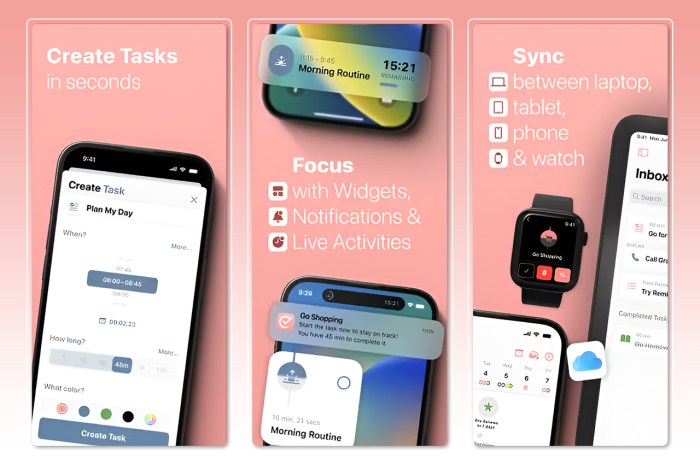Best Planner App Your Ultimate Guide
Planning is key to success, but finding the *perfect* planner app can feel like searching for a needle in a haystack. This guide dives deep into the world of planner apps, comparing top contenders and uncovering the features that truly matter. We’ll explore everything from user interface design to mobile optimization, helping you choose the best planner app for *your* needs and workflow.
From simple to-do lists to complex project management tools, this comprehensive analysis breaks down the different types of planner apps and their target audiences. We’ll uncover the strengths and weaknesses of popular options across various platforms, providing actionable insights to make the right choice for your personal or professional needs.
The Ultimate Guide to Planner Apps: From Basics to the Future
In today’s fast-paced world, staying organized is crucial for success. Planner apps have become indispensable tools for managing tasks, schedules, and projects. This guide dives deep into the world of planner apps, covering everything from basic functionalities to emerging trends.
Introduction to Planner Apps

Planner apps come in various forms, each designed to cater to specific user needs. They range from simple to-do list apps to complex project management platforms. Popular apps like Todoist, Google Calendar, and Asana are examples of different types, demonstrating the breadth of functionality available.
- To-do lists: These apps focus on tracking tasks and managing priorities. Examples include Any.do and Todoist.
- Calendars: Essential for scheduling appointments and events. Google Calendar and Outlook Calendar are prime examples.
- Project management: Designed for complex projects with multiple tasks, dependencies, and stakeholders. Asana, Trello, and Monday.com are common choices.
A common feature across all types of planner apps is the ability to set reminders, deadlines, and notifications. Other common features include task prioritization, task dependencies, and collaboration features for shared projects. The user’s need for a specific type of planner app depends on the complexity and scope of their tasks.
| App Type | Key Features | Target User |
|---|---|---|
| To-do List | Task creation, prioritization, reminders, deadlines | Individuals, students, professionals needing basic task management |
| Calendar | Scheduling appointments, events, reminders, time blocking | Individuals, teams, professionals requiring appointment and schedule management |
| Project Management | Task management, dependencies, collaboration, progress tracking | Teams, project managers, individuals working on complex projects |
Features Comparison and Evaluation
Comparing top planner apps reveals variations in functionality and user interface. Core features like task creation, reminders, and collaboration tools differ slightly in their implementation across apps. User interfaces and navigation styles vary significantly, impacting user experience.
- User Interface (UI): Intuitive navigation is key for a smooth user experience. A clean and uncluttered interface helps users find what they need quickly.
- App Strengths and Weaknesses: Some apps excel at task prioritization, while others focus on project management. Consider your needs and priorities when choosing an app.
- Pricing Models: Planner apps vary in pricing models. Some are free with limited features, while others offer premium plans with more advanced tools.
| App | Pros | Cons |
|---|---|---|
| Todoist | Excellent task management, customizable workflows, robust integrations | Can be overwhelming for users new to project management |
| Google Calendar | Seamless integration with other Google services, widely used | May lack the customization options of specialized project management tools |
| Asana | Powerful project management features, excellent collaboration tools | Steeper learning curve for beginners compared to to-do list apps |
User Experience and Design
User interface design directly impacts user engagement and satisfaction with a planner app. A well-designed UI guides users through tasks efficiently and intuitively.
- Intuitive Navigation: Easy access to features and clear visual cues enhance user experience.
- Task Visualization: Different ways of displaying tasks and schedules, such as Kanban boards or Gantt charts, cater to diverse user preferences.
Integration and Ecosystem
Integration with other productivity tools enhances user workflow. Seamless integration with email, calendars, and other apps streamlines workflows.
Mobile App Optimization
Mobile optimization is critical for planner apps, ensuring a smooth user experience across various devices.
User Reviews and Ratings
Analyzing user reviews and ratings provides valuable insights into user experiences and identifies areas for improvement.
Emerging Trends in Planner Apps
Emerging technologies like AI and machine learning are transforming planner apps, improving task management and prediction capabilities.
